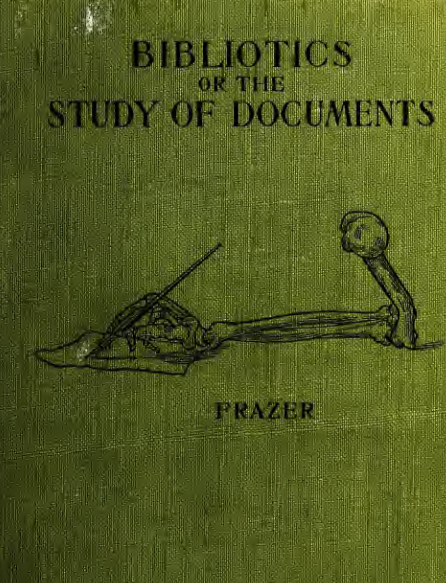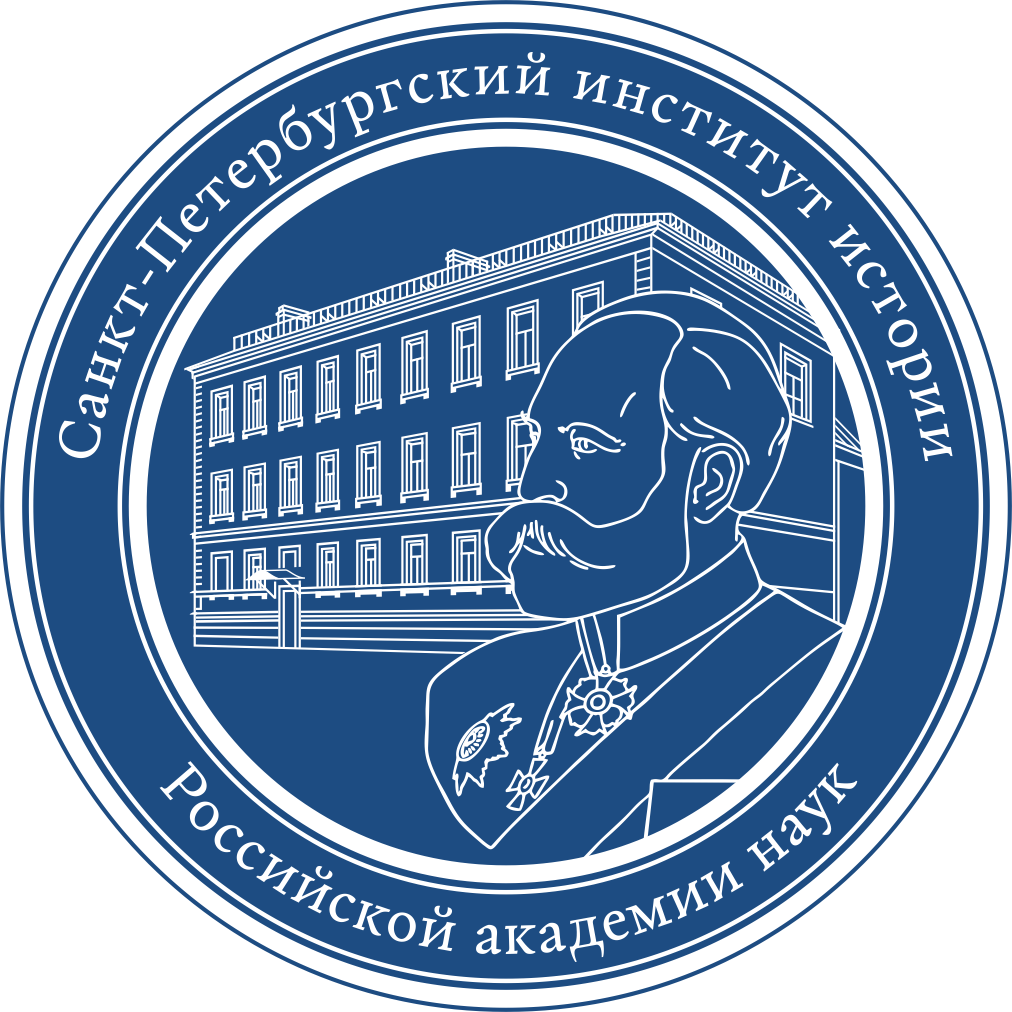BIBLIOTICSOR THESTUDY OF DOCUMENTS, PERSIFOR FRAZER, 1901
 The first attempt to separate a branch of study from other cognate branches ; to define it and to establish for it an individual existence, is not always successful. Any one man is likely to be too much influenced by his own point of view, and thereby to include too much or too little. But any earnest effort will be attended with the result of directing other minds to the subject, so that if the object be worthy, its evolution will be aided, and if not it
The first attempt to separate a branch of study from other cognate branches ; to define it and to establish for it an individual existence, is not always successful. Any one man is likely to be too much influenced by his own point of view, and thereby to include too much or too little. But any earnest effort will be attended with the result of directing other minds to the subject, so that if the object be worthy, its evolution will be aided, and if not it
will be dropped. I have this conviction to fortify me for producing another book, and hope this subject will be given its final shape by abler hands if, as I believe, it has a reason for existing. I have suggested Bibhotics as its name, because ^t^kiov (book, sheet, scroll, libel at law, etc.) is broad enough to apply to any object which it may be desired to investigate, such as parchment, wax tablets, papyrus, printing-paper, stone, or, in fine, any substance capable of receiving and retaining characters. It will include hieroglyphics, writing, printing, or designs of any kind in- tended to impart specific information by symbols, in contradistinction to general impressions conveyed by art designs. It will include also the materials used to make vi FROM PEEFACE TO FIRST EDITION. tracings, such as paint, inks, and other coloring matters. In a word, Bibliotics would include the study of the
materials used in making designs for the transmission of intelligence, as well as the individual character exhibited in the designs themselves ; and though it is distinct from art conceptions, from literary or historical criticism, and from chemical and physical investigations, yet it accepts and needs the aid of all of these studies in obtaining its results. It will follow that Bibliotics as such is not exclusively concerned either with the establishing of character or the discovery of fraud, but includes both subjects. The first of these I venture to call Grammapheny, from rpd[i[ia,3, writing, and (paivo), I demonstrate. It is the elucidation of the individual character oL handwriting that by which it distinguishes itself from every other handwriting.
For the art of detecting forgery or fraud in documents, seals, writing materials, or in the characters themselves, I have suggested the word Plassopheny, from WAaaco,l forge, and (paivu). This study is directed to any part of a written or printed or sculptured record, and makes use of all resources to test its genuineness, but by its very nature it cannot be expected to demonstrate genuineness Qxcept by exclusion in its failure to demonstrate fraud. . . .
Philadelphia, June, 1894.
Первая попытка отделить одну область знаний от других смежных областей, дать ей определение и утвердить её самостоятельное существование не всегда бывает успешной. На любого человека, скорее всего, слишком сильно повлияет его собственная точка зрения, и он включит в неё слишком много или слишком мало. Но любое серьёзное усилие приведёт к тому, что другие умы обратятся к этому предмету, и если он того заслуживает, то его развитию будет оказана поддержка, а если нет, то
он будет отброшен. Я убеждён в этом, и это придаёт мне сил для написания ещё одной книги. Я надеюсь, что эта тема будет доведена до конца более умелыми руками, если, как я считаю, у неё есть смысл. Я предложил название «Бибхотика», потому что слово «бибхотика» (книга, лист, свиток, клевета в суде и т. д.) достаточно широко, чтобы применяться к любому объекту, который можно исследовать, например, к пергаменту, восковым табличкам, папирусу, печатной бумаге, камню или, в общем, к любому веществу, способному принимать и сохранять знаки. Сюда будут включены иероглифы, письменность, печать или любые другие изображения, предназначенные для передачи конкретной информации с помощью символов, в отличие от общих впечатлений, передаваемых художественными изображениями. Сюда также будут включены материалы, использовавшиеся для создания изображений, такие как краски, чернила и другие красящие вещества. Одним словом, библиотика включает в себя изучение
материалов, используемых при создании проектов для передачи информации, а также индивидуальных особенностей, проявляющихся в самих проектах. И хотя она отличается от художественных концепций, от литературной или исторической критики, а также от химических и физических исследований, она принимает и нуждается в помощи всех этих наук для получения своих результатов. Из этого следует, что библиотика как таковая занимается не только установлением личности или выявлением мошенничества, но и включает в себя оба этих аспекта. Первый из них я рискну назвать Граммафенией, от rpd[i[ia,3, написание и (paivo), я демонстрирую. Это выяснение индивидуального характера почерка, того, чем он отличается от любого другого почерка.
Для искусства обнаружения подделки в документах, печатях, письменных принадлежностях или в самих иероглифах я предложил слово Plassopheny, происходящее от WAaaco, l forge и (paivu). Это исследование направлено на любую часть письменной, печатной или скульптурной записи и использует все ресурсы для проверки ее подлинности, но по самой своей природе нельзя ожидать, что оно продемонстрирует подлинность, за исключением исключения того, что оно не демонстрирует подделку. …
Филадельфия, июнь 1894 года.
